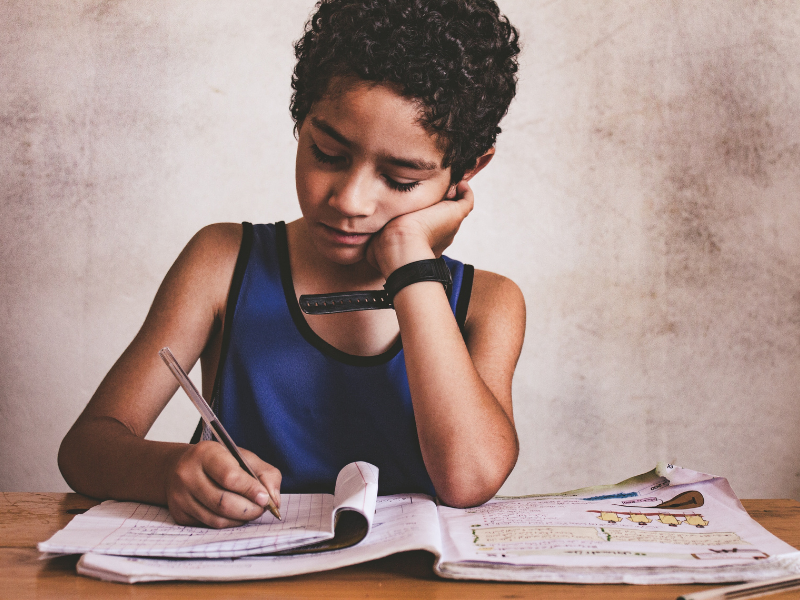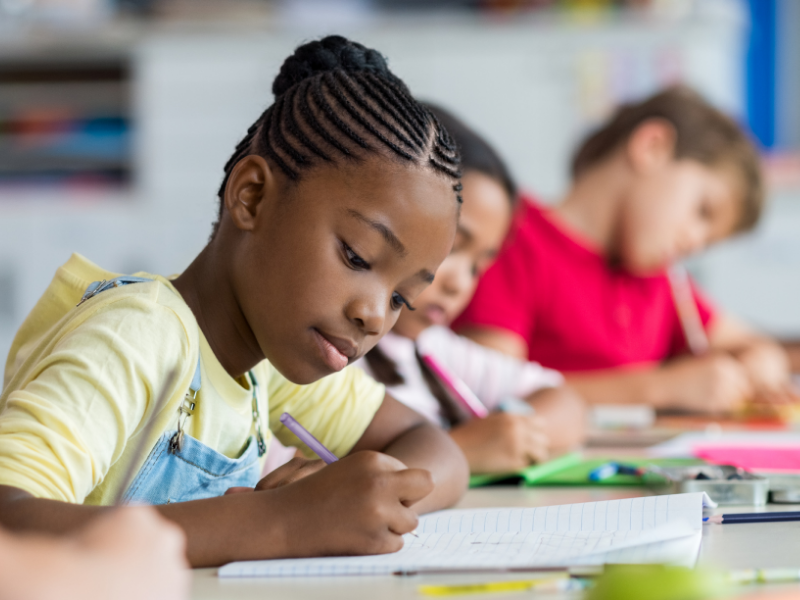Improvising handwriting.
By Brian Baptista
b.baptista@copublica.dk
Good handwriting contributes to reading fluency because it activates the visual perception of letters. This is because it involves more complex motor and cognitive skills. Without fast and legible handwriting, students will miss out on learning opportunities, underachieve, and may fall behind. Good handwriting remains a major form of assessment for many formal qualifications.
Here are 7 tips on how can you help to improvise the handwriting of students.
1 - Don’t rush while the write. Slow and steady wins the race.
2 - Make them aware of the importance of flow while they write.
3 - Provide them with the Right Tools. If the student is struggling with a regular pencil, try a smaller or shorter, kid-sized one. Ensure they have a good eraser handy so they are not afraid of making mistakes.
4 - Have patience while they make mistakes.
5 - Make writing a part of a child’s daily routine.
6 – Provide engaging worksheets.
7- Make them aware of the importance of flow while they write.
Handwriting is critical to creative, well-crafted text affecting both fluency and quality of the composition. Legible writing that can be produced comfortably, at speed, and with little conscious effort allows a child to attend to the higher-level aspects of writing composition and content. Handwriting contributes to better writers. Children who have mastered it are better, and more creative and organized writers.





